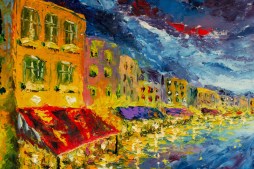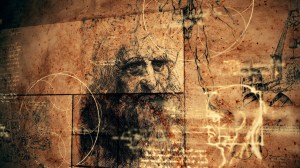Camelot in History: What’s Real and What’s Imagined?
The legend of Camelot, the mythical castle associated with the legendary King Arthur, has fascinated historians, writers, and enthusiasts for centuries. But how much of what we know about Camelot is rooted in historical fact, and what parts are mere fiction? In this article, we explore the tales surrounding Camelot to separate the truth from myth.
The Origins of the Camelot Legend
The concept of Camelot as King Arthur’s court first gained popularity in medieval literature. The earliest references appear in Geoffrey of Monmouth’s ‘Historia Regum Britanniae’ (History of the Kings of Britain), written in the 12th century. This account established many foundational elements of Arthurian legend but did not explicitly mention a place called Camelot. The term ‘Camelot’ itself later emerged from subsequent romances, particularly those by Chrétien de Troyes and Sir Thomas Malory.

Historical Context: Is There a Real Camelot?
While there is no definitive archaeological evidence pinpointing an actual site for Camelot, some historians suggest that it could be based on real locations associated with ancient kingship in Britain. Some theories link it to places like Winchester or Caerleon, each having their claims to Arthurian ties. However, these connections remain largely speculative; historical records from the time are sparse and often contradictory.
Key Figures: Who Was King Arthur?
King Arthur himself is another figure shrouded in mystery. Many scholars debate whether he was a real historical figure or purely a product of folklore evolving over centuries. Some evidence suggests that he may have been inspired by a Celtic warrior or leader who lived during the post-Roman period around the 5th to 6th centuries AD. This ambiguity adds layers to our understanding of his character within both history and myth.
Influence on Literature and Modern Culture
The allure of Camelot has permeated literature beyond its medieval origins into modern adaptations seen across film, theater, and literature. Works like T.H. White’s ‘The Once and Future King’ and musicals such as ‘Camelot’ have romanticized this legendary court further solidifying its place within popular culture despite their fictional embellishments.
Separating Fact from Fiction: A Continuing Debate
Despite ongoing debates among historians regarding its authenticity as a historical location or event, Camelot remains an enduring symbol of chivalry and noble ideals in Western culture. As long as new interpretations arise through art forms such as movies or novels that draw upon these ancient tales, distinguishing fact from fiction will continue to engage audiences around the world.
In summary, while elements surrounding King Arthur’s legendary court—Camelot—are steeped more in myth than verifiable history, they serve an important purpose in exploring themes such as leadership, loyalty, and honor throughout time. Remembering that legends often contain threads of truth can enrich our understanding not just about past cultures but also about ourselves.
This text was generated using a large language model, and select text has been reviewed and moderated for purposes such as readability.












